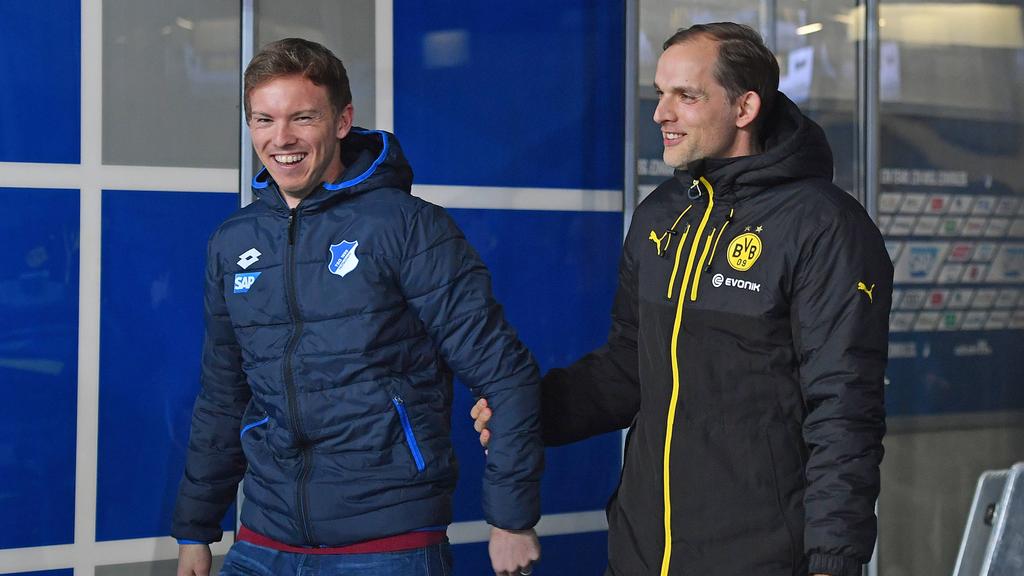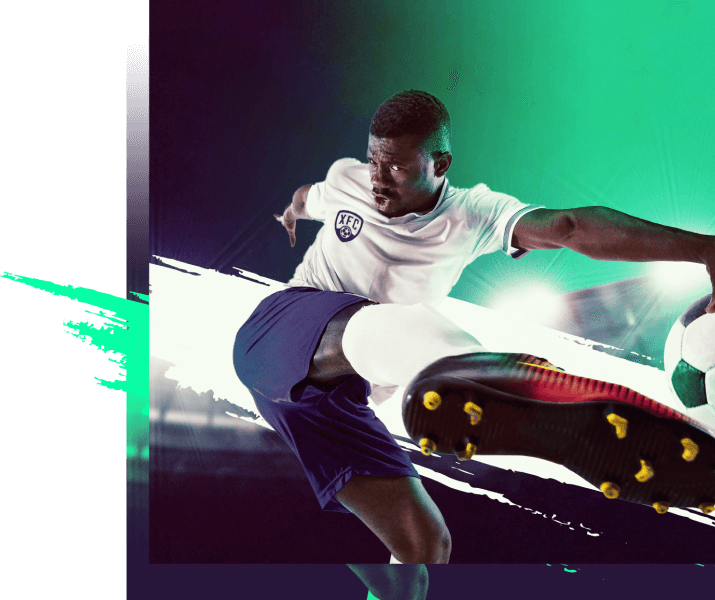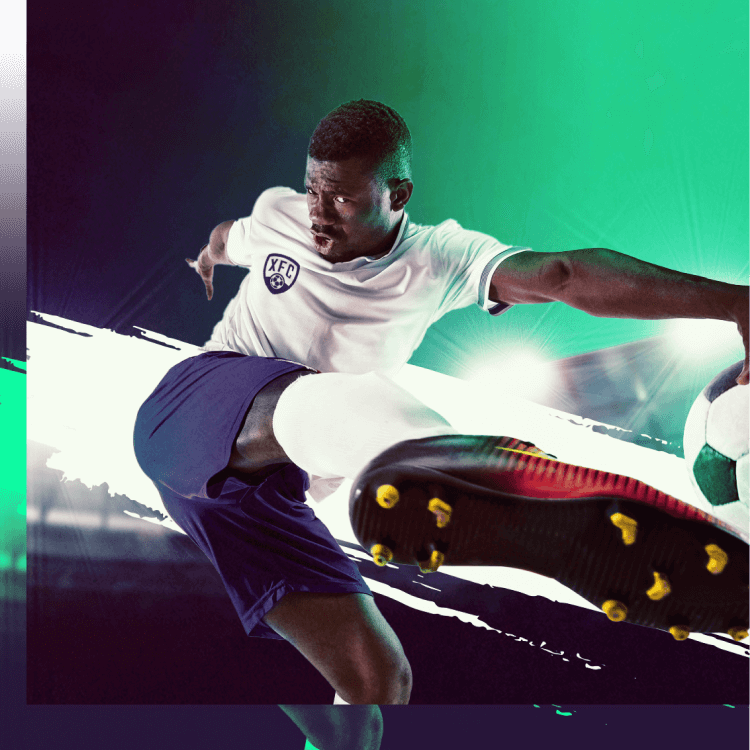Paris Saint-German is through to the Champions League final for the first time in their existence. Thomas Tuchel has won against his former collaborator Julian Nagelsmann. Here are the tactics and stats behind the historic result.
Tuchel and Nagelsmann’s formations
Julian Nagelsmann opted for versatility starting with a 3-4-3 formation where Nordi Mukiele was deployed as a center-back. However, RB Leipzig adapted to a 4-1-4-1 formation later in the game, with Mukiele and Angelino acting as the two wing-backs, while Kevin Kampl dropped down to play as a pivot.
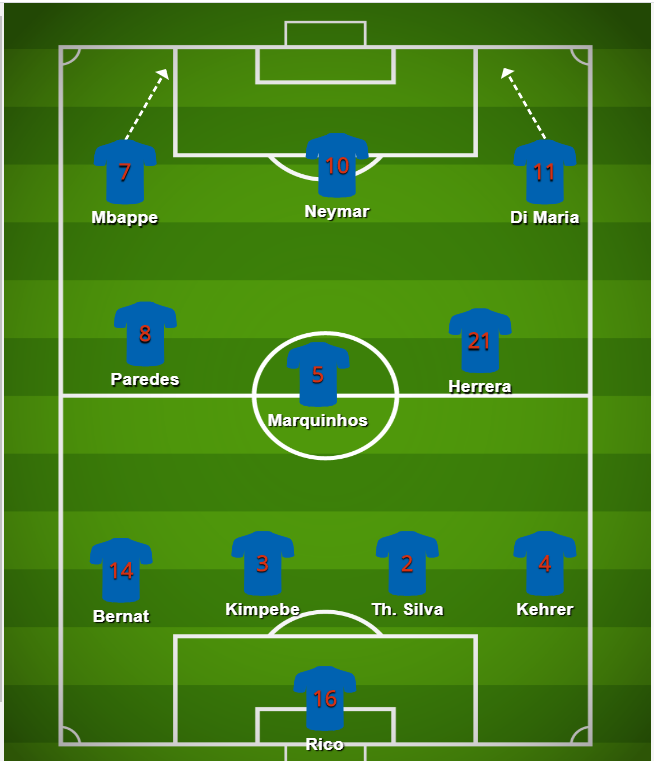
Thomas Tuchel chose a formation that highlighted Leipzig’s weaknesses. PSG played in a 4-3-3 structure, where the front three (Kylian Mbappe, Neymar, and Angel di Maria) tried to take advantage of their opponents’ high press and the space left on the wings.
Marquinhos and Angel Di Maria, PSG’s anti-press midfielders
It was a memorable game for Marquinhos. With Marco Verratti absent from the starting 11, it was up to the Brazilian to counter the aggressive pressing employed by RB Leipzig. Marquinhos controlled possession for PSG, and helped distribute the ball through the open spaces left by Leipzig’s advanced defensive line.
Leipzig may have focused on closing down Mbappe and Neymar, but Angel di Maria, one of the top attacking midfielders in the world, was not. With Tuchel switching to four at the back, Di Maria was able to find space at the expense of Angelino, to press Peter Gulacsi and the defenders, and to create chances. In the end, the Argentine scored one goal and contributed two assists.
PSG’s efficient press vs. RB Leipzig’s risky offside trap

RB Leipzig’s last line of defense played high up the pitch, as expected. This made them rely on Kevin Kampl to act as a ball-winning midfielder, and to hope that the offside trap would work. Neither were effective and the pace with which they played, allowed PSG to cherry-pick passes between the lines.
Thomas Tuchel, on the other hand, played a back four that defended in a flat line and rested lower down the pitch. This stretched PSG’s formation. But, the positional play and technique of Angel din Maria and Marquinhos allowed them to find pockets of space and launch vertical passes towards their attackers.
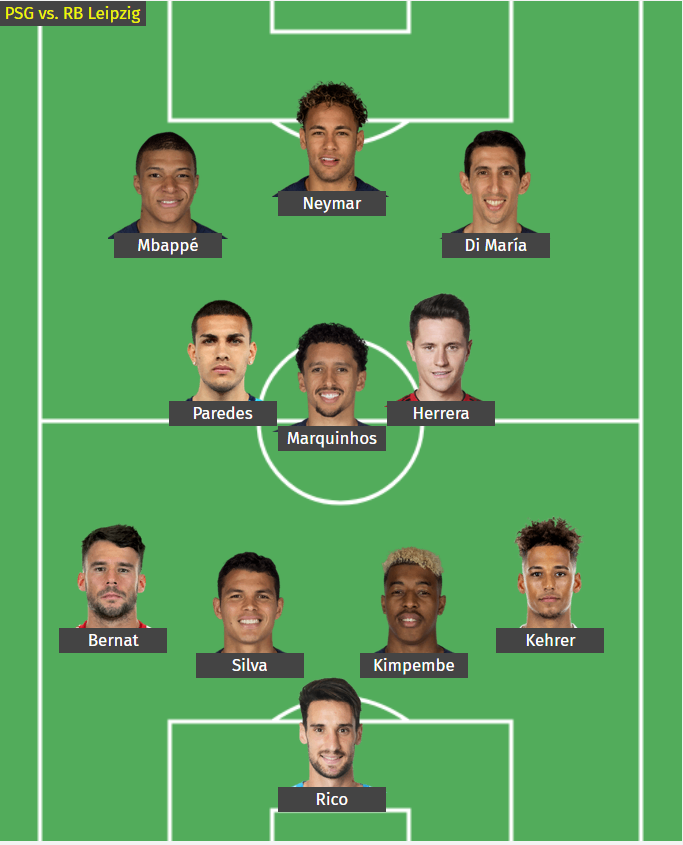
Conclusion
Julian Nagelsmann gambled on his tactics, as he needed to do, and lost. While PSG has its weaknesses for certain, when allowed to play their quick-fire counterattacking game, they can outclass most opponents. It’s a tremendous success for Thomas Tuchel and his players. Paris Saint-Germain is finally in a Champions League final.
